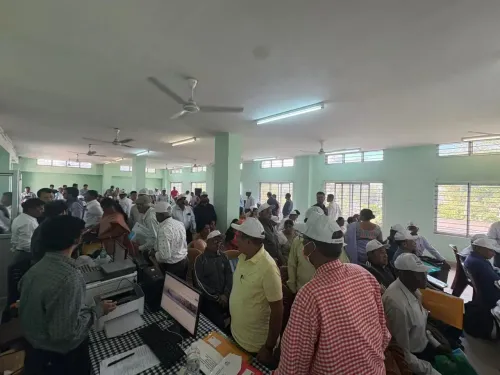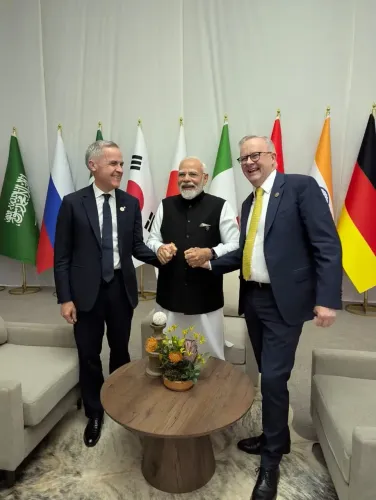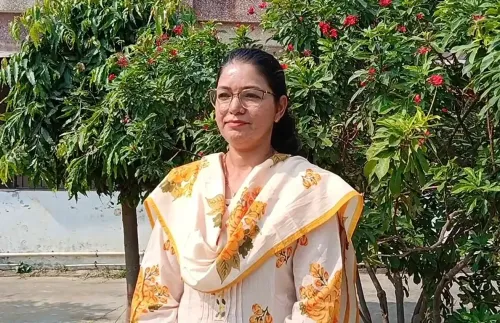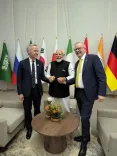Can Trump and Mamdani’s Unlikely Truce Endure?

Synopsis
Key Takeaways
- Unexpected camaraderie between Trump and Mamdani.
- Focus on affordability as a key issue for New Yorkers.
- Potential collaboration despite ideological differences.
- Shared concerns over rising costs and housing.
- Significance of bipartisanship in today's political climate.
New Delhi, Nov 22 (NationPress) An unexpected Friday moment of camaraderie emerged between US President Donald Trump and New York City Mayor-elect Zohran Mamdani, reminiscent of the earlier dramatic meeting with Ukraine President Volodymyr Zelensky. In the Oval Office, the President sat at the Resolute Desk, a populist conservative who has spent significant time labeling Mamdani a “communist lunatic”.
Across from him stood the Mayor-elect – a democratic socialist who previously called Trump a “fascist” and a “despot”. This meeting was anticipated as a clash of two opposing ideologies.
While many expected a tense atmosphere filled with grim expressions, CNN described it as “an unexpected love fest”. Despite his critical stance towards Mamdani, Trump expressed a desire for everything to “work out well for New York”, as both leaders focused on a crucial issue for Americans: affordability, according to Fox News.
Mamdani stated he initiated the meeting with Trump, asserting, “I will work with anyone to make life more affordable for the more than 8.5 million people who call this city home”. The nearly hour-long meeting, much longer than the planned brief courtesy call, saw the President and the Mayor-elect emerge not as adversaries, but as unlikely collaborators in a “populist alliance”.
This was not a battle of giants but a pragmatic ceasefire, with both leaders agreeing they had “a lot more” in common than anticipated, each seeking the other’s support to “do a great job”.
Despite their differing views, both Trump and Mamdani rose to power on waves of discontent with the status quo, campaigning on the notion that the “system” is failing working Americans.
They reportedly connected over essential issues such as rising rents, grocery prices, and utility costs. Mamdani’s main campaign promise centered on a “universal affordability” agenda, which includes rent freezes and free public transport, framed as necessary relief for the working class. This perspective aligned with Trump’s own populist tendencies.
This alignment was evident when Trump stated, “Some of his ideas are really the same ideas that I have,” notably mentioning collaboration on housing development and crime reduction as shared goals. He expressed satisfaction that internal polling revealed “about 10 percent” of his own voters in the outer boroughs supported Mamdani.
By welcoming Mamdani, Trump also effectively marginalized establishment Republicans in New York, who had previously labeled Mamdani a “jihadist” and an anti-Semite. “No, I don’t agree with such observations,” Trump responded to a question, emphasizing, “I met with a man who truly wants to see New York be great again.”
For Mamdani, this seems to be a gamble where tangible results may outweigh the optics. If he can secure federal funding for the MTA or housing vouchers by appealing to Trump’s ego, the potential “sellout” claims may diminish. Whether this temporary truce can withstand the first policy disagreement remains uncertain, but for one Friday in November, the capitalist mogul and the democratic socialist found common ground.









